1. Kaplan AP. Urticaria and angioedema. In : Adkinson NF, Bochner BS, Busse WW, Holgate ST, Lemanske RF, Simons FER, editors. Middleton's allergy: principles and practice. 7th ed. St. Louis: Mosby Elsevier;2009. p. 1063.
2. Greaves M. Chronic urticaria. J Allergy Clin Immunol. 2000; 105:664–672. PMID:
10756214.

3. Champion RH. Urticaria: then and now. Br J Dermatol. 1988; 119:427–436. PMID:
3056489.

4. Khan DA. Chronic urticaria: diagnosis and management. Allergy Asthma Proc. 2008; 29:439–446. PMID:
18926051.

5. Wantke F, Götz M, Jarisch R. Histamine-free diet: treatment of choice for histamine-induced food intolerance and supporting treatment for chronic headaches. Clin Exp Allergy. 1993; 23:982–985. PMID:
10779289.
6. Kanny G, Grignon G, Dauca M, Guedenet JC, Moneret-Vautrin DA. Ultrastructural changes in the duodenal mucosa induced by ingested histamine in patients with chronic urticaria. Allergy. 1996; 51:935–939. PMID:
9020424.

7. Kanny G, Moneret-Vautrin DA, Schohn H, Feldman L, Mallie JP, Gueant JL. Abnormalities in histamine pharmacodynamics in chronic urticaria. Clin Exp Allergy. 1993; 23:1015–1020. PMID:
10779295.

8. Biegański T, Kusche J, Lorenz W, Hesterberg R, Stahlknecht CD, Feussner KD. Distribution and properties of human intestinal diamine oxidase and its relevance for the histamine catabolism. Biochim Biophys Acta. 1983; 756:196–203. PMID:
6403048.
9. Zuberbier T, Chantraine-Hess S, Hartmann K, Czarnetzki BM. Pseudoallergen-free diet in the treatment of chronic urticaria. A prospective study. Acta Derm Venereol. 1995; 75:484–487. PMID:
8651031.
10. Guida B, De Martino CD, De Martino SD, Tritto G, Patella V, Trio R, et al. Histamine plasma levels and elimination diet in chronic idiopathic urticaria. Eur J Clin Nutr. 2000; 54:155–158. PMID:
10694787.

11. Daschner A, González-Fernández J, Valls A, de Frutos C, Rodero M, Cuéllar C. Diamine oxidase levels in different chronic urticaria phenotypes. Allergol Immunopathol (Madr). 2015; 43:593–600. PMID:
25982580.

12. Cho HJ, Cho SI, Kim HO, Park CW, Lee CH. Lack of association of plasma histamine with diamine oxidase in chronic idiopathic urticaria. Ann Dermatol. 2013; 25:189–195. PMID:
23717010.

13. Siebenhaar F, Melde A, Magerl M, Zuberbier T, Church MK, Maurer M. Histamine intolerance in patients with chronic spontaneous urticaria. J Eur Acad Dermatol Venereol. 2016; 30:1774–1777. PMID:
27329741.

14. Wagner N, Dirk D, Peveling-Oberhag A, Reese I, Rady-Pizarro U, Mitzel H, et al. A popular myth-low-histamine diet improves chronic spontaneous urticaria-fact or fiction? J Eur Acad Dermatol Venereol. 2017; 31:650–655. PMID:
27624921.
15. Park CK, Choi JH, Park CW, Lee CH. A study of diet restriction in chronic idiopathic urticaria. Korean J Dermatol. 2008; 46:1155–1162.
16. Chung BY, Park SY, Byun YS, Son JH, Choi YW, Cho YS, et al. Effect of different cooking methods on histamine levels in selected foods. Ann Dermatol. 2017; 29:706–714. PMID:
29200758.

17. Warin RP, Smith RJ. Challenge test battery in chronic urticaria. Br J Dermatol. 1976; 94:401–406. PMID:
1268054.

18. Jariwala SP, Moday H, de Asis ML, Fodeman J, Hudes G, de Vos G, et al. The Urticaria Severity Score: a sensitive questionnaire/index for monitoring response to therapy in patients with chronic urticaria. Ann Allergy Asthma Immunol. 2009; 102:475–482. PMID:
19558005.

19. Zuberbier T, Asero R, Bindslev-Jensen C, Walter Canonica G, Church MK, Giménez-Arnau A, et al. EAACI/GA(2)LEN/EDF/WAO guideline: definition, classification and diagnosis of urticaria. Allergy. 2009; 64:1417–1426. PMID:
19772512.
20. Horakova Z, Keiser HR, Beaven MA. Blood and urine histamine levels in normal and pathological states as measured by a radiochemical assay. Clin Chim Acta. 1977; 79:447–456. PMID:
890980.

21. Maintz L, Benfadal S, Allam JP, Hagemann T, Fimmers R, Novak N. Evidence for a reduced histamine degradation capacity in a subgroup of patients with atopic eczema. J Allergy Clin Immunol. 2006; 117:1106–1112. PMID:
16675339.

22. Manzotti G, Breda D, Di Gioacchino M, Burastero SE. Serum diamine oxidase activity in patients with histamine intolerance. Int J Immunopathol Pharmacol. 2016; 29:105–111. PMID:
26574488.

23. Henz BM, Zuberbier T. Most chronic urticaria is food-dependent, and not idiopathic. Exp Dermatol. 1998; 7:139–142. PMID:
9758408.

24. Juhlin L. Recurrent urticaria: clinical investigation of 330 patients. Br J Dermatol. 1981; 104:369–381. PMID:
7236502.

25. Bischoff SC, Manns MP. Intolerance reaction caused by biogenic amines. A separate disease entity? Internist (Berl). 1998; 39:317–318. PMID:
9561456.
26. Rona RJ, Keil T, Summers C, Gislason D, Zuidmeer L, Sodergren E, et al. The prevalence of food allergy: a meta-analysis. J Allergy Clin Immunol. 2007; 120:638–646. PMID:
17628647.

27. Metcalfe DD. Food hypersensitivity. J Allergy Clin Immunol. 1984; 73:749–762. PMID:
6609945.

28. Smith CH, Kepley C, Schwartz LB, Lee TH. Mast cell number and phenotype in chronic idiopathic urticaria. J Allergy Clin Immunol. 1995; 96:360–364. PMID:
7560638.

29. Lessof MH, Gant V, Hinuma K, Murphy GM, Dowling RH. Recurrent urticaria and reduced diamine oxidase activity. Clin Exp Allergy. 1990; 20:373–376. PMID:
2115815.

30. MacDonald BR, Robertson DA. Diamine oxidase, urticaria and intestinal oedema. Clin Exp Allergy. 1990; 20:341–342. PMID:
2115814.

31. Flammarion S, Santos C, Guimber D, Jouannic L, Thumerelle C, Gottrand F, et al. Diet and nutritional status of children with food allergies. Pediatr Allergy Immunol. 2011; 22:161–165. PMID:
20561235.

32. Mušič E, Korošec P, Šilar M, Adamič K, Košnik M, Rijavec M. Serum diamine oxidase activity as a diagnostic test for histamine intolerance. Wien Klin Wochenschr. 2013; 125:239–243. PMID:
23579881.

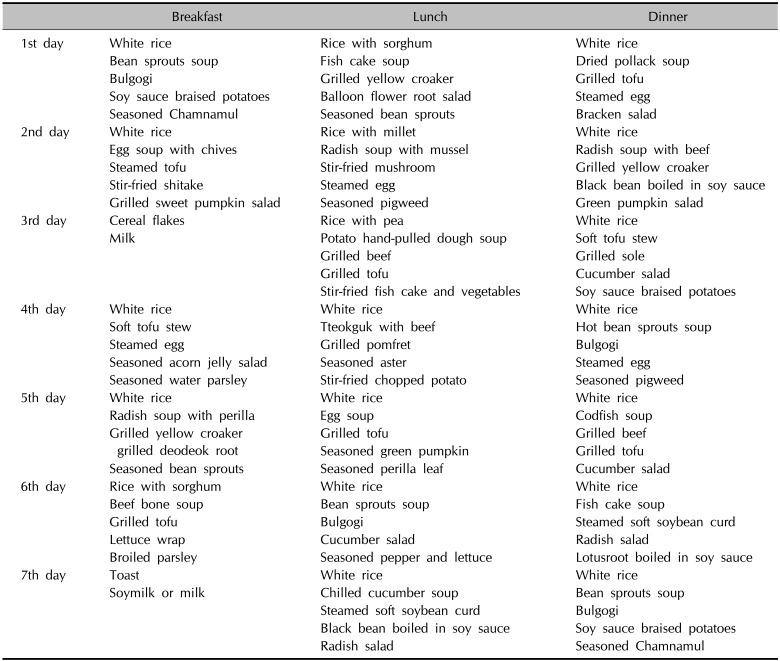




 PDF
PDF ePub
ePub Citation
Citation Print
Print


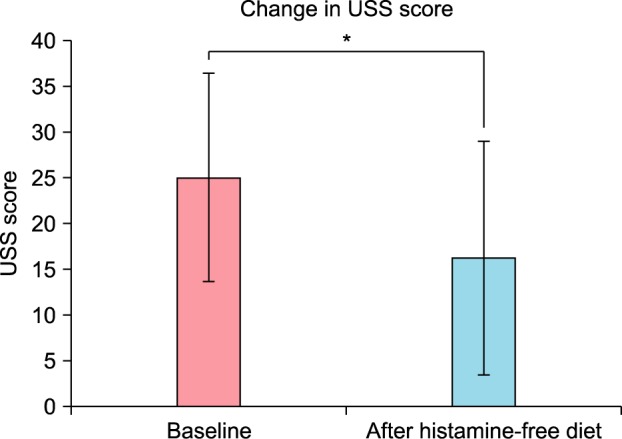
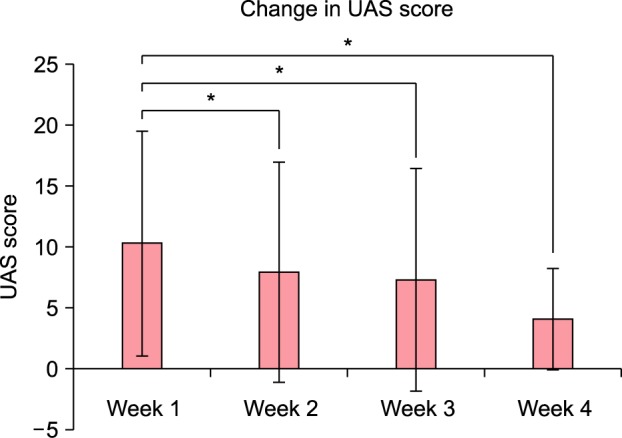
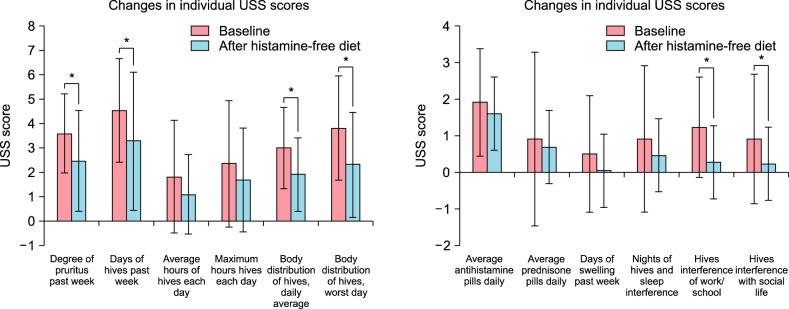
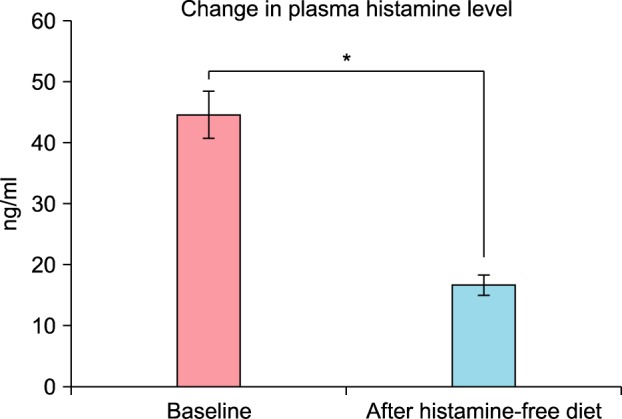
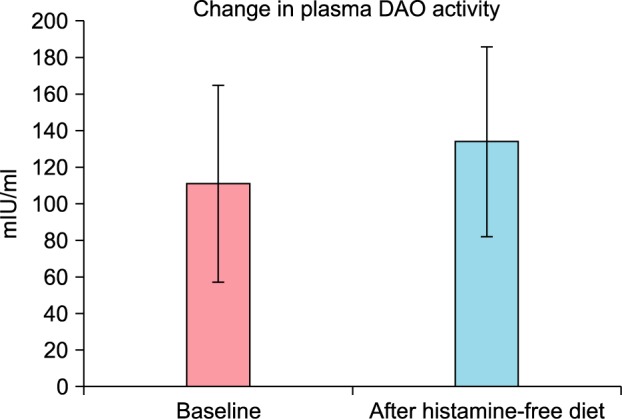
 XML Download
XML Download